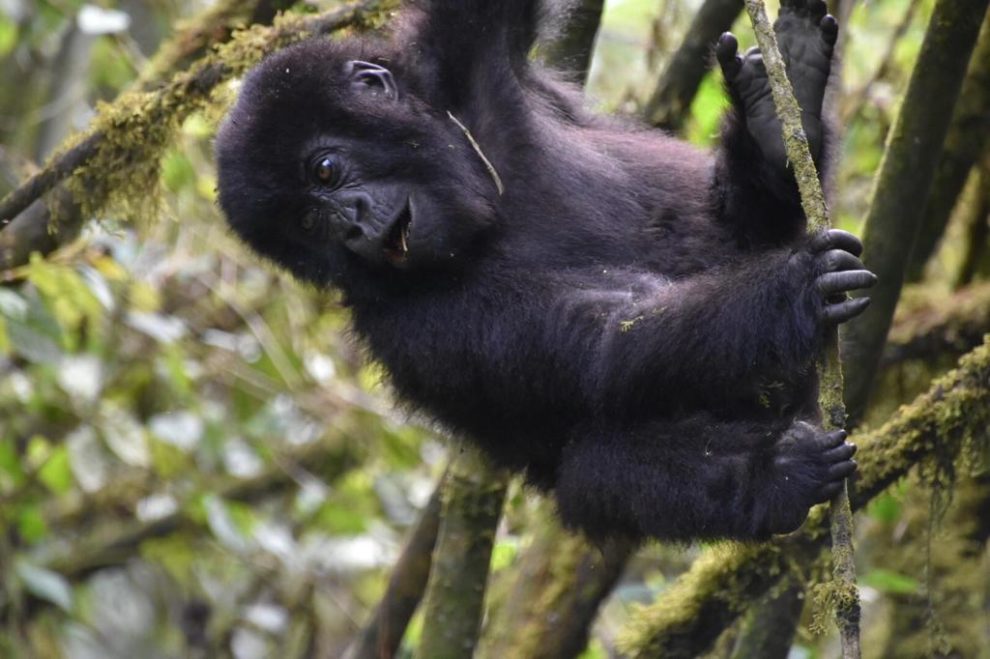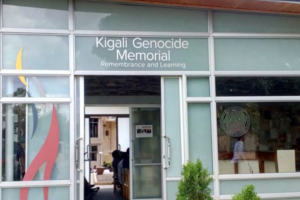Kigali deserves more space in a tourist’s itinerary than a one-night stopover booking the ultimate adventure. Rwanda’s lush, hilly capital has developed into a vibrant cosmopolitan destination, teeming with art, culture, and cuisine. Plus, the attractive urban center is one of the cleanest and safest cities in all of Africa.
Therefore, if you are planning for your Rwanda tour make sure you explore this city in details and you will find a lot from various tourist attractions in the city and staying in some of the best international hotels offering the suitable hospitality services.
You should plan to devote at least a couple of hours to the Kigali Genocide Memorial. The haunting museum explains the events that fueled the 1994 Rwandan genocide, and gives some essential context for the subsequent decades of peace and development in the country. You can’t begin to appreciate everything Rwanda has become until you understand the reasons behind the devastating Rwandan genocide a conflict that killed some 800,000 people, most of whom were members of the Tutsi ethnic minority, in just 100 days. The Kigali Genocide Memorial sheds light on the historical events that led to the genocide and horrifying realities Rwandans faced in 1994.
Inema Arts Center has become the place to see contemporary art in Kigali since its founding in 2012. The building’s exteriors are decked out in colorful murals that make it impossible to miss.
Inema Arts Center devotes its interiors to gallery space for 10 artists in residence. Tourists may see modern takes on traditional African crafts, abstract and expressive portraits, mixed-media works depicting scenes of African life, and some of the best artwork in Rwanda, depending on which mix of artists are on display during their visit.
Rwanda Art Museum is the only contemporary art museum in Rwanda. It showcases the breadth of local creativity, as well as works from international artists. The sprawling space displays more than 100 works of art, including ceramics, sculptures, paintings, and experimental pieces made in a variety of mediums.
Kimironko Market, Kigali’s largest and busiest market, makes for an incredible afternoon of sightseeing. Hundreds of vendors have set up shop in the massive warehouse complex, hustling everything from bed sheets and carved masks to a cornucopia of produce sourced from all over East Africa. You’ll walk single file through tight pathways, ducking beneath hanging t-shirts and negotiating space with women carrying large baskets on their heads.
Nyamirambo Women’s Center. The women-founded organization was launched in late 2007 in an effort to address gender inequality and empower women.
In addition to offering free education and vocational training, it employs women at fair wages to fill its intimate boutique with ethically-made goods. Tourists can pick up beautifully printed tote bags, hand-woven baskets in every shape and size, patterned place mats, crocheted rugs, beaded jewelry, and local-inspired fashions.
Amahoro Stadium is the best place to see sports and entertainment in Rwanda. Sitting in the stands with up to 30,000 excited spectators watching Rayon Sports Football Club and Armée Patriotique
Rwandese Football Club take on opponents is an unforgettable experience, thrusting tourists into the heart of Rwanda’s fervor for soccer. The stadium also hosts rugby matches, live performances, marathons, and other events.
Camp Kigali Memorial is a quiet, sacred space where 10 Belgian soldiers became some of the earliest victims of the Rwandan genocide. They had been sent by General Dallaire to guard the residence of moderate Prime Minister Agathe Uwilingiyimana. Presidential Guard soldiers captured the Belgians, seized their weapons, and brought them to this spot in Kigali, where they were murdered.
Now, the Camp Kigali Memorial pays tribute to each of these victims with 10 solemn stone pillars, jutting up in a circle from a platform of pebbles.




Add Comment